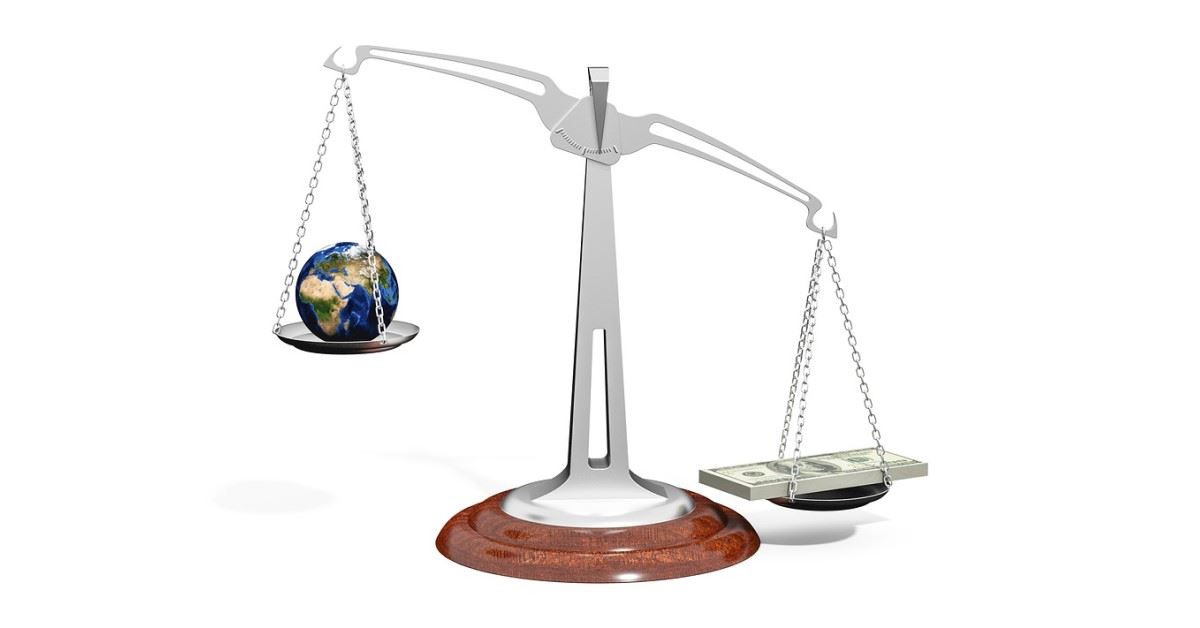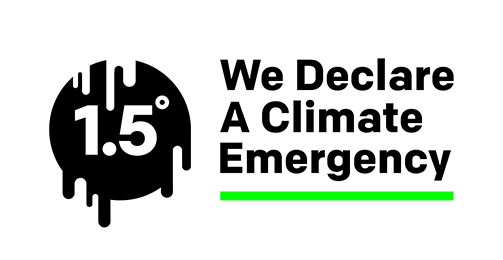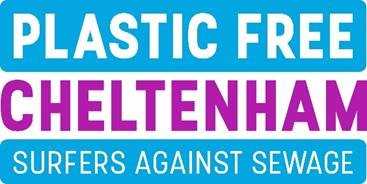Send a message 0333 344 5890 |
- Home
- Knowledge
- Learning Hub
- How much does it cost to be carbon neutral?
How much does it cost to be carbon neutral?
Note: We have recently changed our position on Carbon Neutrality vs Net Zero. Please read the article From Carbon Neutral to Net Zero" for details (March 2024).
|
This is one of the most common questions I get asked. Lots of business owners want to go Carbon Neutral but they are concerned about the costs and information seems hard to come by. As so often, there is not a quick and simple answer. However this article will give you an understanding of the key components of cost that you will need to think about and some guidance on how the decisions you make that will affect both the cost and your claim of carbon neutrality. |
The things to think about first
A. What is your goal?
The first thing to think about is getting clear on why you want to go carbon neutral?
- Is it to satisfy your curiosity?
- Is it a personal need to know that you are doing what you can to help?
- Is it something you want to do to motivate your staff?
- Do you want to tell your customers about it or use it in marketing?
- Are you looking to use it as part of a wider sustainability programme such as B-Corp?
- Do you need to do it to enable you to bid for contracts in the public sector or are your corporate customers demanding it?
- What level of assurance in the accuracy of your numbers do you need to provide?
This will help you decide which of the cost components listed below you need to consider. Of course, you could decide to do all of them anyway if you want to do everything to the highest possible standard.
B. How much of your business do you want to be carbon neutral?
This may seem like a curious question. You may now be saying to yourself, "Surely I want to be carbon neutral for my whole business, don't I?" I would wholeheartedly agree, however the fact is that many businesses claim carbon neutrality for only a part of their business. Let me explain why.
Firstly, the standard that is universally used for calculating the carbon footprint of an organisation, the "GHG Corporate Standard Protocol", splits that footprint into 3 broad categories of emissions called "Scopes":
Scopes 1 & 2 cover the emissions arising from the energy that your business uses in its own operations. these are often referred to as your "operational emissions".
Scope 3 covers the emissions that someone else generates on your behalf due to your business activities. This might be in your supply chain or buy buying and using your products and services. These are often referred to as your "value chain emissions".
Firstly, it has become common practice for many organisations to include only their operational emissions in their claim of carbon neutrality. This is because it can be difficult and time-consuming to accurately calculate an organisation's value chain emissions though there are ways to estimate these
Secondly, some organisations take the approach of claiming that individual products or product lines are carbon neutral. This usually involves the detailed analysis of the value chain for a single product, which is one way of addressing the difficulties of accurately assessing the business's value chain emissions.
Claiming carbon neutrality for a part of a business may be a valuable step along the way to complete carbon neutrality, but it is vital that businesses are clear and honest about what they are doing and not yet doing to retain trust.
The key cost components of going carbon neutral
1. Calculating your carbon footprint
The first key component of cost is calculating your carbon footprint. There are some programmes that claim you can offset your footprint to go carbon neutral (or even climate positive) without first doing any calculation. However, if you are serious about becoming carbon neutral you really need to start out on the right foot by calculating your footprint as accurately as you can. Otherwise, you are just guessing.
The good news is that there are several ways of calculating your carbon footprint, not all of which are expensive. The main options to consider are whether to use a spreadsheet to calculate it yourself, using a carbon calculator software or using a consultant to calculate it for you:
A. Using a Spreadsheet: £FREE
Developing a spreadsheet model to calculate your carbon footprint yourself may seem like a tempting option. The Green House Gas Corporate Standard Protocol is freely available to download and in the UK, Defra publish annual conversion factors to enable you to do the calculation. However, if you want to do more than calculate your operational emissions I would not recommend it as calculating value chain emissions this way can quickly become very complex and there are free or low-cost calculators available that will make the job much easier. if you want to do it yourself.
B. Using a Carbon Calculator: £FREE-£2000 per year
There are many calculator software options available. The cost of these typically range from free to a few hundred pounds per year. Generally, license fees these are on a sliding scale that increase with the size of the business. You need to take great care in selecting which calculator to use as many of the free and low-cost ones (and even some of the more expensive ones) do not allow you to calculate all your value chain emissions. So, if you want to claim carbon neutrality for your whole business you need to take care to make sure that the calculator you are considering allows you to calculate all the value chain emissions in your business. This will vary quite considerably depending on the nature of your business.
As a rule, I have found that most calculators will do a reasonable job for service businesses but any business that buys a lot of materials and/or sells products must be much more careful as few calculators cover the purchase of materials and the transportation and use of products.
B. Using a Consultant: £400-£1000s per year
As with software calculators there are many consultants who can help you calculate your footprint. The advantage of using a consultant is firstly, that they can do the heavy lifting of calculation for you and secondly, you have the reassurance that they can help you do it right. You might find this reassurance useful if you need to provide the calculated figures to a 3rd party, such as a certification body or as part of a tender.
The downside is that very few will tell you upfront what they charge. There are some very well known, prestigious consultancies whose fees start at a few £1000s. this is probably a good sign that they specialise in working with larger businesses. Increasingly there are consultants offering packages tailored for smaller businesses whose services start from a few £100s.
3. Offsetting your carbon footprint annually
Carbon Credits: £10-25 per tonne (typically <0.5% of sales revenue)
If you are going to be Carbon Neutral you will need "offset" the emissions you are producing. This involves investing in projects that help save carbon somewhere else. The best way to do this if you want to make a public claim of carbon neutrality is buy and retire verified carbon credits.
A verified carbon credit is one that has been assessed and certified by a competent 3rd party to have saved the amount of carbon it is designed to. They will also make sure that the savings are "additional". in other words they would not have happened without this investment, that they are permanent and that they do not undermine social justice or harm biodiversity.
The most well-known certification programmes for carbon credits are the gold Standard and the Verified Carbon Standard. Carbon Credits with these standards typically cost around £10-25 per tonne of CO2e, although you can certainly find both cheaper and more expensive examples,
Tree planting: Not recommended for claims of carbon neutrality
Planting trees is a popular way to offset emissions. Employees and customers often respond very positively to these programmes, perhaps because many of us feel a strong emotional connection with trees. If the tree is carefully selected to enhance the local ecology, a good tree planting programme can help address the shocking amount of deforestation that has happened over the last 100 years and provide much needed habitat for wildlife.
However, these programmes are typically not well suited for claims of carbon neutrality. This is because it is very difficult to accurately quantify the amount of carbon a tree will absorb as it grows and because a tree absorbs carbon throughout its life. So, it is hard to guarantee the savings without a crystal ball.
That is not to say that this is not a good thing to do, indeed we have our own tree planting programme at Go Climate Positive, however we do not rely on carbon savings from trees when claiming carbon neutrality for our customers. We only use Gold Standard carbon credits for that purpose. If you do decide to invest in tree planting costs typical vary from £1 per tree in the tropics to up to around £25 per tree in the UK.
4. Verification and Certification
Verification: £1000s
Independent verification is typically used by large public organisations (such as PLCs) that must make statutory carbon reports and therefore want to protect their reputation by making sure that their carbon footprint calculation is correct. The verification is typically carried out by a suitably qualified consultant and can cost £1000s depending on the size and complexity of the calculation to be verified. Unfortunately, there is very little transparency over costs so you are best advised to get multiple quotes.
Certification: £0-1000s
Certification can be useful if you want to use your carbon neutrality in your marketing. It is a way to show that your carbon footprint and your offsetting has been independently assessed to a quality standard in a way that is instantly understandable to your customers.
It is important to understand that carbon certification is an unregulated market so the certificates that are available are owned by the organisations that created them and each may (and typically does) have different criteria. Some use the independently published standards for carbon neutrality, PAS 2060. At Go Climate Positive we used PAS2060 as the basis of our own criteria however we do not claim compliance with it as we have strengthened the requirements around reducing emissions prior to offsetting them and in requiring that the organisation's complete footprint is offset.
Sometimes, such as at Go Climate Positive, certification is included as part of a holistic consultancy package that includes calculation in which case it may be provided at no extra cost. Sometimes certification is offered as a separate service, in which case it may be an additional cost. Unfortunately, costs are rarely published which can make it difficult to compare them.
What are the benefits to going carbon neutral?
Reputational benefits
Done well, achieving carbon neutrality can be a significant benefit to the reputation of a business. Almost three-quarters of consumers say they would change their buying habits to purchase brands that are doing environmental or social good, and over three-quarters of businesses say that a supplier's environmental policies or records area significant factor in their purchase decision.
It is very important that claims are open, honest and transparent and that any omissions or ambitions that have yet to be realised are openly recognised. In particular if you have chosen to only make a part of your business carbon neutral then you should be very clear about that. For example, claiming to be a "carbon neutral business" when in fact you are carbon neutral only for your energy is an overclaim and liable to claims of "greenwashing". Whereas, claiming to be "carbon neutral for our energy use" is both honest and commendable. this is vital to build trust, which is the foundation of a good reputation.
Motivational benefits
Achieving carbon neutrality can also be highly motivational for your employees. Almost two-thirds of people in the millennial generation that forms that backbone of our workforce now say they would choose to work for an organisation that takes its environmental responsibilities seriously over one that doesn't. Increasingly, the employees who want to attract the best people, are demonstrating their environmental credentials. The businesses that we work with also find it an excellent way to engage staff in business improvement activities and to foster collaboration across the usual departmental barriers.
Additional social and environmental benefits
The most important reason for considering going carbon neutral is the considerable additional benefits to people and the environment that can be realised from the careful management of offsetting. Alongside their carbon saving, many carbon credits deliver additional social benefits to the recipients. For instance, our fuel-efficient cook stoves and biogas projects reduce the need for burning wood in homes which in-turn reduces instances of eye and lung disease. They also help prevent deforestation by reducing or eliminating the need to use wood for fuel.
Additionally, these projects can be cost effective ways of reducing the total carbon emissions burden on the planet by helping others to reduce their emissions. This should never be done instead of reducing our own emissions, but when done alongside our own emissions reduction projects, it can help speed up the global goal of achieving zero emissions.
In summary
The costs of going carbon neutral are not as high as many business owners fear. For instance, at Go Climate Positive, we can accurately calculate your total carbon footprint from as little as £395 per year or £39 per month for the smallest businesses.
If you want to do the work yourself, then you can use an online calculator, of which the best examples also allow you to calculate your complete footprint. Some of these are free but even the paid for services are inexpensive, starting from as little as £9 per month.
The big variable is the price of offsetting, which for Go Climate Positive customers' ranges from £1-4 per £1ook of sales revenue (or to put it another way 0.1-0.4% of total revenue).
If you want to substantiate your claim then you may also want to get a carbon neutral certificate for your business or go for external verification. Again, this needn't be expensive. For instance, at Go Climate Positive certification is included in the membership fee.
Like any business decision, the costs should be weighed against the benefits, which can be considerable in terms of improved reputation, employee motivation and improved outcomes for people and the environment.
Please click on the button below to learn more about how Go Climate Positive can help your business to go Carbon Neutral.
Written by Eoin McQuone

Eoin (pronounced like "Ian") is the Chief Carbon Coach and founder of Go Climate Positive. He is a Practitioner member of IEMA (the Institute of Environmental Management) and a sustainability lead on the Cheltenham Economic Recovery Task Force.
Eoin says, "Sustainability is no longer a 'nice to do', it is business critical. My goal is to make it accessible and affordable for every business, however big or small , no matter their market sector."





